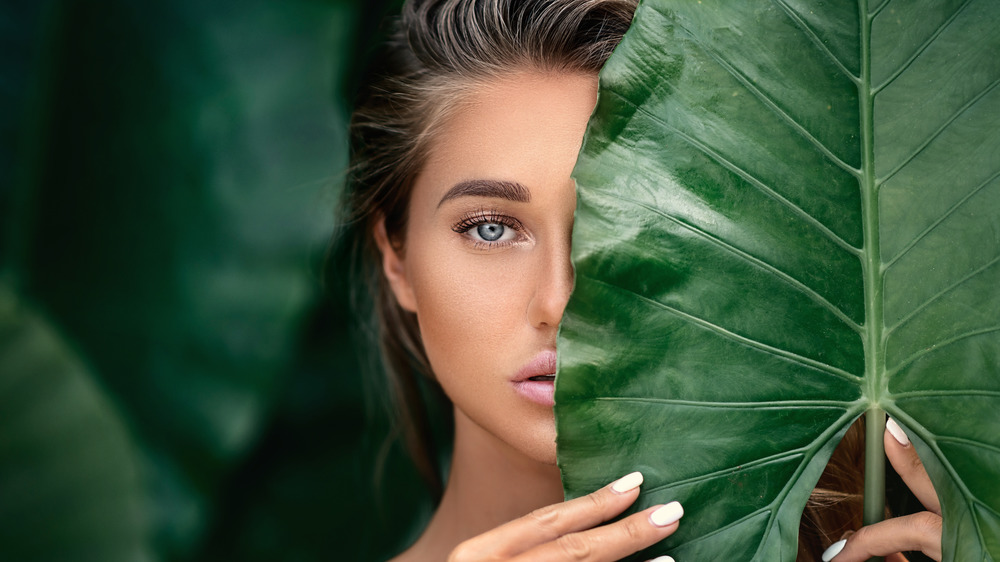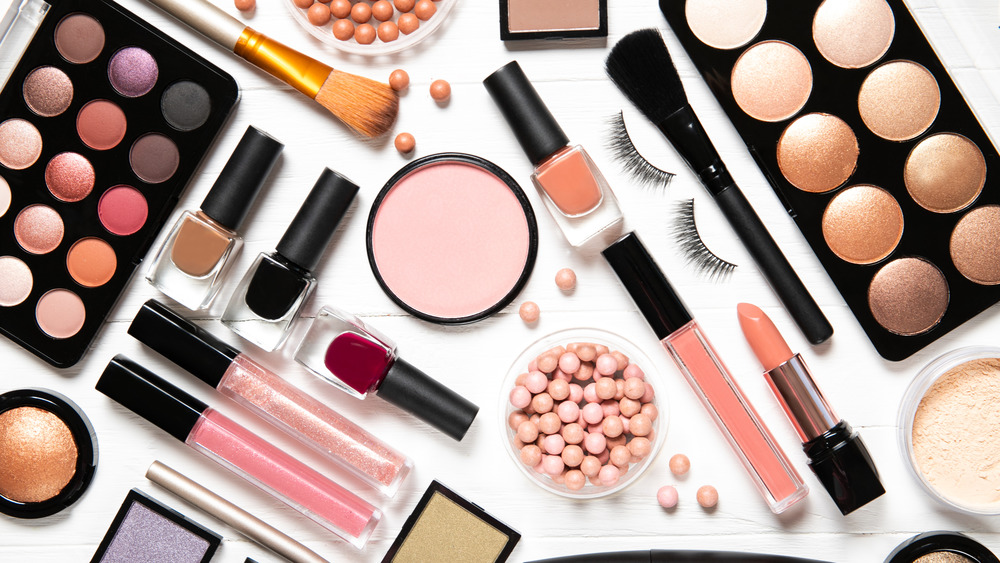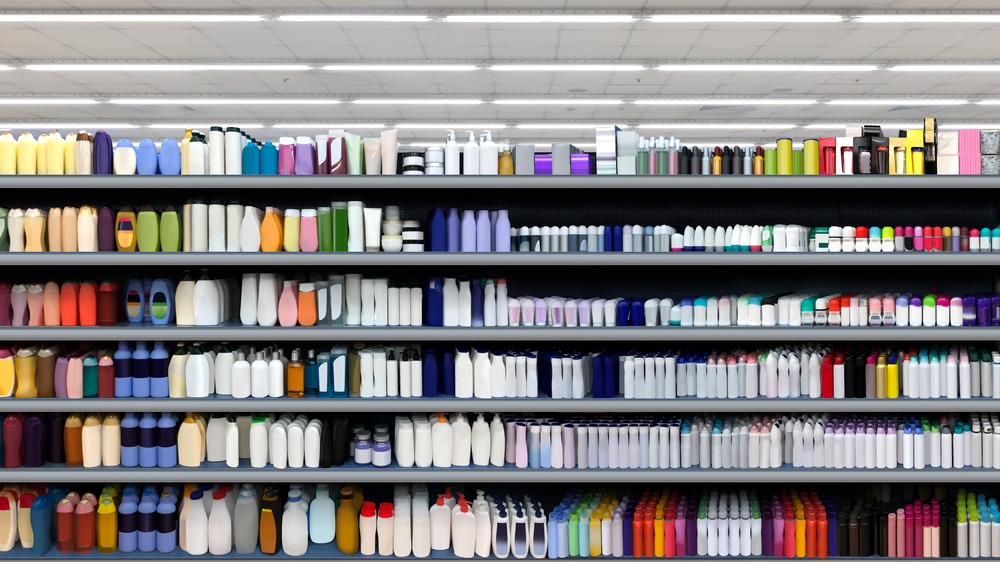What You Need To Know About Green-Washing
We may receive a commission on purchases made from links.
Demand for eco-friendly, "clean," non-toxic makeup and beauty products has increased drastically in recent years as people become more aware of the hazardous ingredients that have been long-lurking in traditional lipstick and lotion. So while you may have once had to find a specialty shop or apothecary to buy products that met this demand, you can find countless beauty products with labels boasting "natural" and "clean" virtually anywhere from the drugstore shelf to the sparkly aisles of Sephora.
While this may seem like a great example of customer demand causing companies to change harmful practices and create more environmentally and health-responsible products, it's not that simple; "green-washing" is rampant. What's green-washing?
"Green-washing is when a product makes claims to be natural, eco-friendly, organic or environmentally conscious—when they aren't any of those things—as a sales tactic," clean beauty expert Jenny Duranski, owner and founder of Lena Rose Beauty, told Real Simple. "This can be done through the products' descriptions or even the company name, or the use of images or packaging design that would make consumers believe the product is green."
The issue, Duranski explained, is that these labels and claims don't actually mean anything more than clever marketing unless the ingredients match the claims (and you will only be able to ensure this by reading labels carefully and knowing what you're looking for.
Many brands have been guilty of green-washing
In fact, countless beauty brands have taken heat in recent years for deceptive marketing claims tied to their attempts at green-washing. While some have fallen victim to their fans calling them out on social media, others have even faced lawsuits. Clinique has always touted itself as hypoallergenic skincare, and cited the fact that they're fragrance-free to prove it. But what they weren't telling you is that up until recently, many of their products contained parabens, which are preservatives known to be among the most common allergens and skin irritants included in beauty products. After being called out for this by their customers, Clinique is now completely paraben-free (via Refinery29).
Similarly, social media powerhouse and much-loved brand Tarte, which touts itself as a line of "high-performance naturals," came under scrutiny when it faced a lawsuit for claiming its products were natural when they actually contained multiple synthetic ingredients. The lawsuit settled in 2020, and the company had to pay $1.7 million for false advertising, though it has not admitted to any wrongdoing. And yes, many of those synthetic ingredients like butylene glycol, glycerin, and phenoxyethanol are still found in some of the brand's products (via topclassactions.com).
So, what can you do as a consumer?
What makes this tricky is that just reading labels with claims of being "natural" won't cut it if you're trying to find products that are actually natural. That's because these labels aren't regulated by any government or industry regulatory body. "The U.S. skincare and beauty industry is worth about $100 billion, yet is remarkably under-regulated. Brands regulate themselves, for the most part,” Annie Jackson, co-founder and COO of Credo Beauty, told Real Simple.
Jackson explained to the magazine, "There are no legal definitions for natural, naturally derived, renewable, sustainable, synthetic, and the like, and there's a lack of oversight to hold brands accountable for backing up these claims." So really, all you can do is read labels and know what to look for. If you have topical allergies to synthetic fragrance or parabens, for instance, it's best to read an entire label to make sure a given product is free of these ingredients.
Recognizing this problem, some beauty retailers have come up with standards of their own, like Sephora, which slaps a "Clean at Sephora" label onto products that meet its own regulatory criteria. This can help shoppers, but doing your own in-depth research is the safest bet. You can also look up virtually any product on the Environmental Working Group's Skin Deep database or use their smartphone app to quickly see how a product rates with regard to toxicity.


